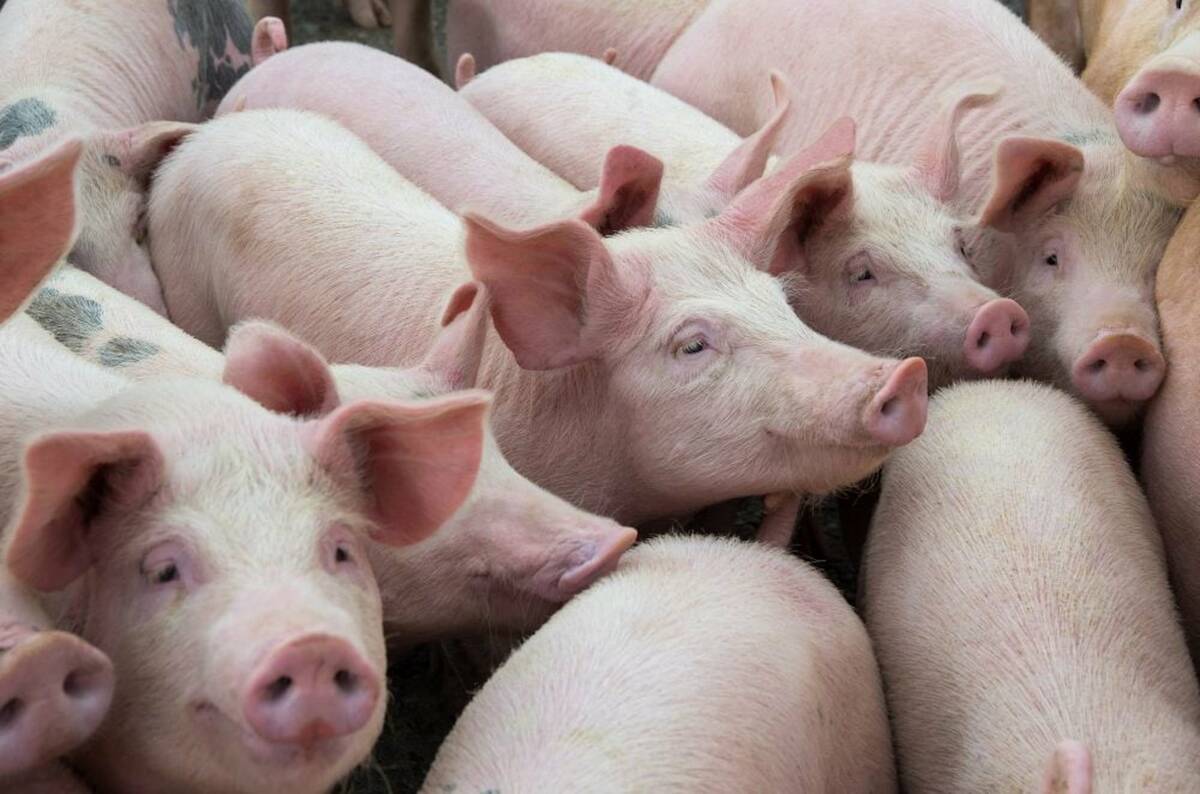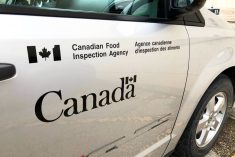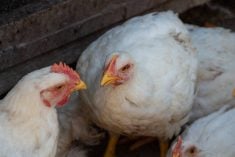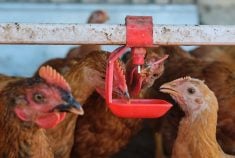A proposal by a U.S. hog producers’ group to pool funds for a voluntary cull of breeding sows is meeting with mixed reactions.
U.S. hog farmers have begun facing losses over about the last year and a half, following almost three and a half years of profitability. A proposal unveiled at the recent World Pork Expo in Des Moines aims to take up to 300,000 breeding sows out of the U.S. system.
Called the Producer Retirement Program (PRP), the proposal calls for hog producers to pledge US$20 per sow, either up front or with US$5 up front and $15 per sow secured with a line of credit to be paid over the following two years.
Read Also

U.S. livestock: Cattle rise, hogs recoup losses
Chicago live and feeder cattle futures rose on Tuesday while hog contracts regained Monday’s losses. Most-active February live cattle futures…
With up to $50 million to be raised in funds, the group would then secure financing for a bid process, in which breeding swine owners submit bids and the group accepts low bids up to high bids until the bids or available funds are depleted.
Speaking on the Prairie hog industry program Farmscape, Iowa hog producer and PRP organizer Chuck Wirtz said such a program hasn’t been tried before in the U.S. so its rate of acceptance can’t be accurately predicted.
“The targets we’ve discussed are, we’re going to take subscriptions for enrollment and bids simultaneously from June 15 through July 17,” he said on the program, sponsored by Manitoba and Saskatchewan pork producer groups.
Those hog producers selected would be paid to liquidate their sows and will have until late September to send them to slaughter, Wirtz told the Reuters news service last week.
Committed sows could not be returned to production with other producers, and once sows are liquidated from a site, the liquidating farmer couldn’t use that site for swine breeding for at least the next two years, he told Reuters.
The number of sows selected would depend on how much money participating farmers pledge in, said Wirtz.
Also speaking on Farmscape this week, Manitoba Pork Council general manager Andrew Dickson said the proposed PRP appeared to call for further reductions in Canada’s breeding swine herd as well.
“The thought was that Canada would reduce its herd similarly by 200,000 sows which, to us, didn’t make much sense because the U.S. has a sow base of six million and ours is just over a million so, to us, the percentages didn’t seem fair,” Dickson was quoted as saying on the program.
Furthermore, Dickson noted, Canada has already cut the size of its sow herd by about 13 per cent, or 200,000 sows, in the past three years.
“We’ve cut production by three million almost per year and yet the U.S. has seen little or no reduction in numbers,” he said. “In fact, if anything, they’re actually producing more pork than they did three years ago.”
Dickson said it’s not clear why U.S. producers continued to produce as many hogs as they have in the past year an a half, in terms of their reaction to market signals.
“The only thing we can think of is there’s so much money had been saved and so much debt paid off in the previous 40 months that they can keep on going,” Farmscape quoted Dickson as saying.
The biology of hog production would mean no substantial effect on hog prices from the PRP until next spring, the group told Reuters last Friday. The PRP, if successful, would lead to fewer U.S. piglets this fall and fewer market hogs available next spring.
— The “Editors’ Picks” feature will highlight eyebrow-raising and unusual-yet-true news from the world of farming, as gleaned from various sources by the editorial staff of the Farm Business Communications division.















